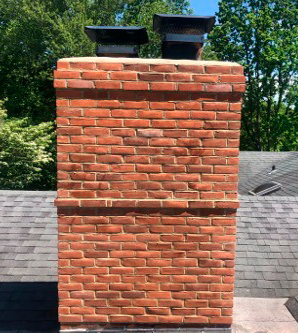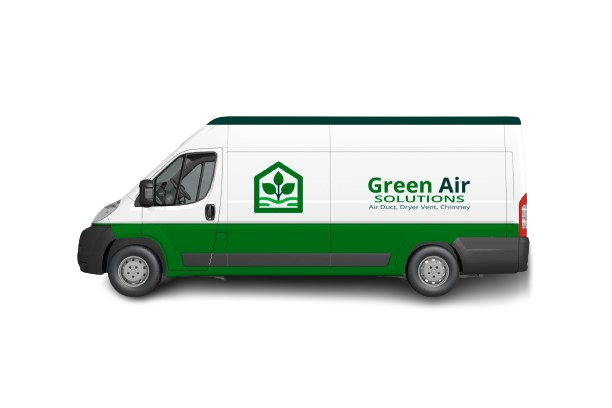Home » Attic insulation
Attic insulation
- Attention to Details
- Reliability
- Customer Service
Contact our team today!
Attic insulation
Attic insulation plays a crucial role in maintaining the energy efficiency and comfort of your home. Properly insulating your attic can help regulate indoor temperatures, reduce energy bills, and improve the overall comfort of your living space. In this article, we’ll explore the importance of attic insulation, the benefits it offers, and the different types of insulation available.
Understanding Attic Insulation
What is Attic Insulation?
Attic insulation involves installing materials in the attic space to slow down the transfer of heat between the interior of your home and the outside environment. This helps keep your home warm in the winter and cool in the summer. Insulation materials can include fiberglass, cellulose, spray foam, and more, each with its own advantages and characteristics.
Importance of Attic Insulation
Proper attic insulation is essential for several reasons. It helps to:
- Reduce Energy Bills: By preventing heat loss in the winter and heat gain in the summer, insulation reduces the need for heating and cooling, leading to lower energy bills.
- Improve Comfort: Insulation maintains consistent indoor temperatures, enhancing the comfort of your home.
- Reduce Environmental Impact: Lower energy consumption means a smaller carbon footprint, contributing to environmental sustainability.
- Prevent Moisture Damage: Insulation helps control moisture levels in the attic, preventing mold growth and structural damage.
Complete the form to receive a free estimate!
Benefits of Attic Insulation
Energy Efficiency
One of the primary benefits of attic insulation is improved energy efficiency. Insulation acts as a barrier, preventing heat from escaping your home in the winter and entering in the summer. This reduces the workload on your heating and cooling systems, resulting in lower energy consumption and significant savings on your energy bills.
Enhanced Comfort
Attic insulation helps maintain a consistent indoor temperature, making your home more comfortable year-round. In the winter, insulation keeps the warm air inside, preventing drafts and cold spots. In the summer, it keeps the hot air out, ensuring your home stays cool and comfortable.
Noise Reduction
Insulation can also help reduce noise levels within your home. It acts as a sound barrier, dampening external noises such as traffic, construction, and neighborhood activities. This creates a quieter, more peaceful living environment.
Increased Home Value
A well-insulated attic can increase the value of your home. Potential buyers often look for energy-efficient features, and proper insulation is a significant selling point. It indicates that the home is well-maintained and can lead to lower utility costs for the new owners.
Types of Attic Insulation
Fiberglass Insulation
Fiberglass insulation is one of the most common types of attic insulation. It is made from fine glass fibers and is available in batts, rolls, or loose-fill. Fiberglass is known for its affordability, ease of installation, and effectiveness in reducing heat transfer.
Cellulose Insulation
Cellulose insulation is made from recycled paper products treated with fire retardants. It is typically blown into the attic space, filling gaps and creating a dense, insulating layer. Cellulose is environmentally friendly and provides excellent thermal performance.
Spray Foam Insulation
Spray foam insulation is a versatile and effective option that expands to fill gaps and create an airtight seal. It is available in open-cell and closed-cell forms, each with different properties. Spray foam offers superior insulation and air sealing, but it is typically more expensive than other types.
Radiant Barrier Insulation
Radiant barrier insulation reflects radiant heat away from your home, keeping it cooler in the summer. It is usually installed on the underside of the roof and works best in hot climates. While not a substitute for traditional insulation, radiant barriers can enhance overall energy efficiency.
How to Choose the Right Attic Insulation
Assess Your Needs
Consider factors such as your climate, budget, and the current state of your attic insulation. Different types of insulation work better in different environments, so it’s important to choose the one that best suits your needs.
Consider R-Value
The R-value measures the insulation’s ability to resist heat flow. The higher the R-value, the better the insulating power. Your local climate will determine the recommended R-value for your attic insulation. For example, colder climates require higher R-values to provide adequate insulation.
Professional Installation vs. DIY
While some types of insulation, such as fiberglass batts, can be installed by homeowners, others, like spray foam, require professional installation. Consider your level of expertise and the complexity of the job when deciding whether to hire a professional.
Conclusion
Attic insulation is a crucial component of a well-maintained, energy-efficient home. By choosing the right type of insulation and ensuring it is properly installed, you can enjoy lower energy bills, increased comfort, and a more environmentally friendly home. Whether you opt for fiberglass, cellulose, spray foam, or radiant barrier insulation, the benefits of a well-insulated attic are clear. For homeowners looking to improve their home’s efficiency and comfort, investing in attic insulation is a smart and cost-effective decision.
24/7 Availability
Our services are available 24/7, ensuring reliable support and assistance anytime you need it.
Experienced Team
Our team is highly experienced, offering expert service backed by years of proven industry success.
Satisfied Customers
We pride ourselves on a long history of satisfied customers who trust us for reliable and quality service.
Quality Assurance
We ensure top quality with rigorous assurance processes, guaranteeing satisfaction in every service we provide.



















